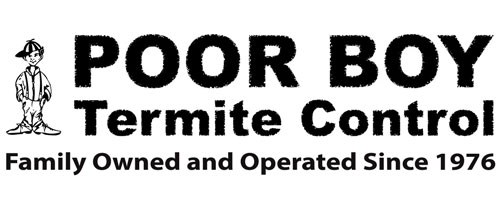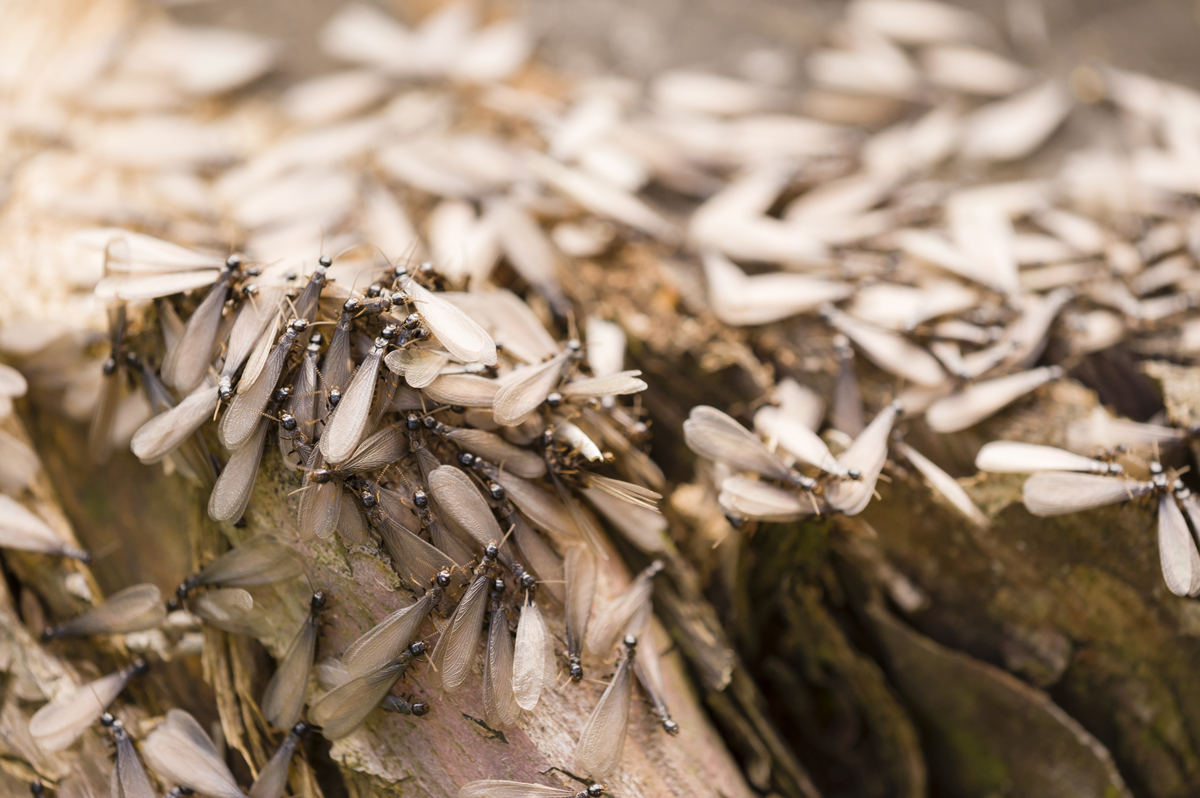There are many different ways termites can gain access into a home. Let’s take a detailed look below!
How Do Subterranean Termites Get In Your House?
Subterranean termite workers are the caste members responsible for consuming wood. They will gain entrance to a home by forming mud tubes that create a moist and protective passageway for them. Contrary to common belief, mud tubes are not constructed by drywood termites.
Mud Tubes
Once inside the home, these termites travel through their mud tubes, consuming wood in order to survive. Workers might construct mud tubes on pipes or conduit below the slab or running beneath the home’s foundation.
Exploratory Tubes
Workers typically gain entry into homes by following through their underground tunnels, also referred to as exploratory tubes. These tubes can be found beneath the foundation or the home’s slab.
Once the termites reach the home, they will look for any cracks, gaps or other openings to allow them further access to wooden areas.
Drop Tubes
Termite workers found in crawl spaces sometimes build free hanging mud tubes, also called drop tubes. These tubes extend from the ground upward to the wooden floor joists and even the floor above ground.
Wall Cracks And Gaps
Wall cracks and gaps as small as 1/32 of an inch can be penetrated by termites. Workers can gain access through bath traps and cracks caused by the slab or foundation settling over time.
Siding
Any home with siding that is partially beneath soil is at risk of a termite infestation. Termite workers can get into the home behind the siding. Termites can also gain access from outside sources, such as planter box and/or trellis wood.
How Do Drywood Termites Get In Your House?
These termites get their name from the fact they live in dry, sound wood that requires no soil connection. All the moisture they consume comes from wood.
How Do Dampwood Termites Get In Your House?
These termites will infest wood that has a high moisture content but are not as likely to infest a home as the two other termite types mentioned above. Housing infestations will generally occur when there is damp wood in constant contact with the ground. A water leak may keep wood wet constantly, which would also attract these termites.
How Do Termites Eat Wood?
Because wood is difficult to consume and digest, termites rarely have to compete with any other species for this source of nutrition. Termites are fully equipped with special mouthparts for consuming wood and other sources of cellulose, in addition to microorganisms like bacteria and protozoans.
These microorganisms help termites break down cellulose into digestible substances. This enables the insects to receive life-sustaining energy and other needed nutrients.
How Do Termites Find Wood?
Not only do termites fill their diet with wood, many insects also live in wood. This ultimately makes finding the food source easier for these pests. Termites typically live in trees, soil, wooden structures, and lumber. Therefore, homes are prone to damage as the result of termite feeding.
Termite Control Phoenix Metro Area
Poor Boy Termite Control can solve all of you termite issues. We only deal with termites as the name implies. We use thermal imaging, with no drilling or guessing. At Poor Boy Termite Control we detect termites and treat them. If you have a termite infestation, Call Poor Boy Termite Control at (480) 994-4240 and schedule an appointment before the problem gets worse!








